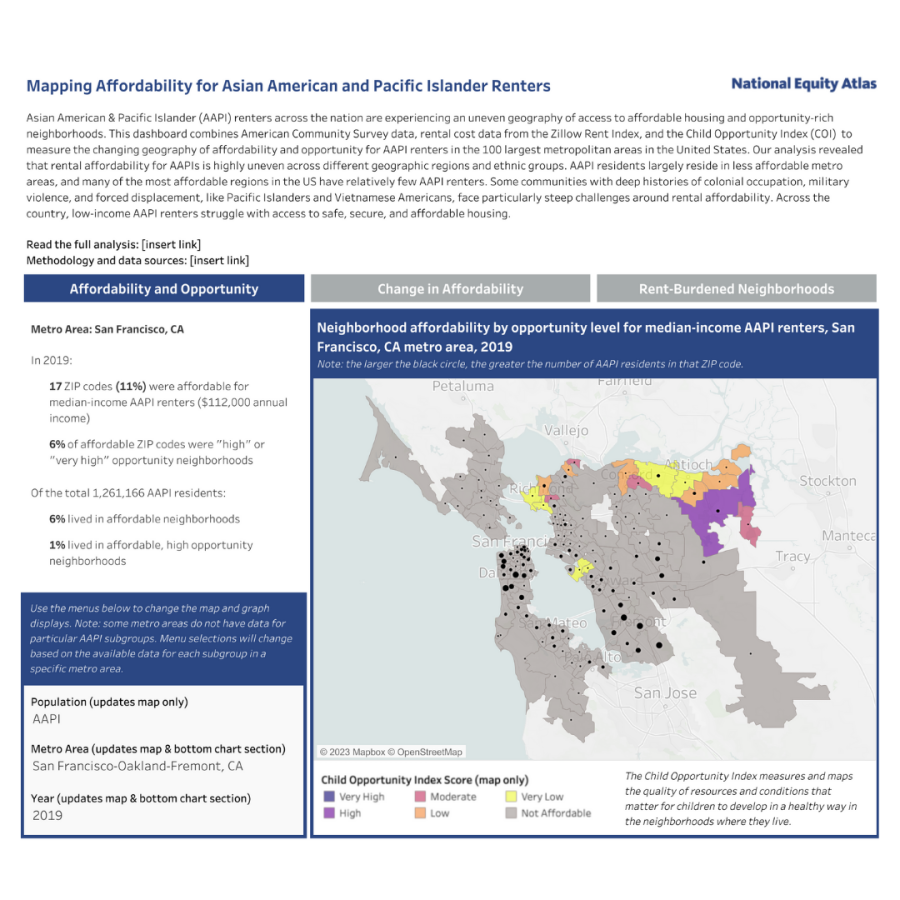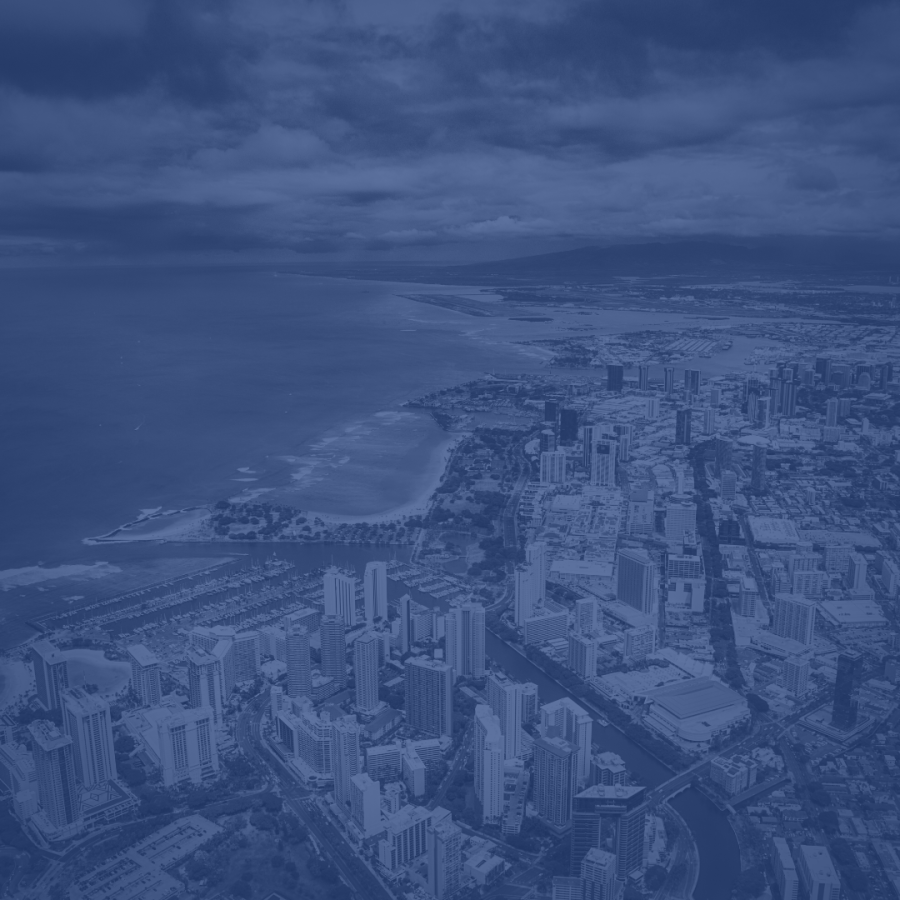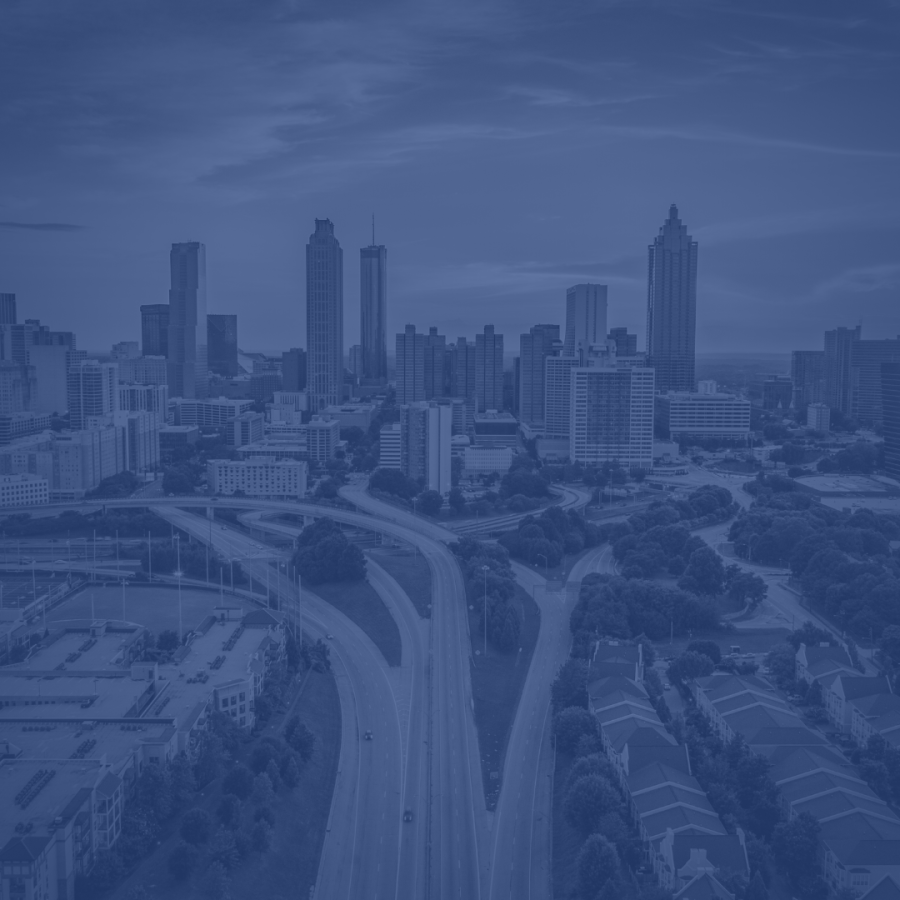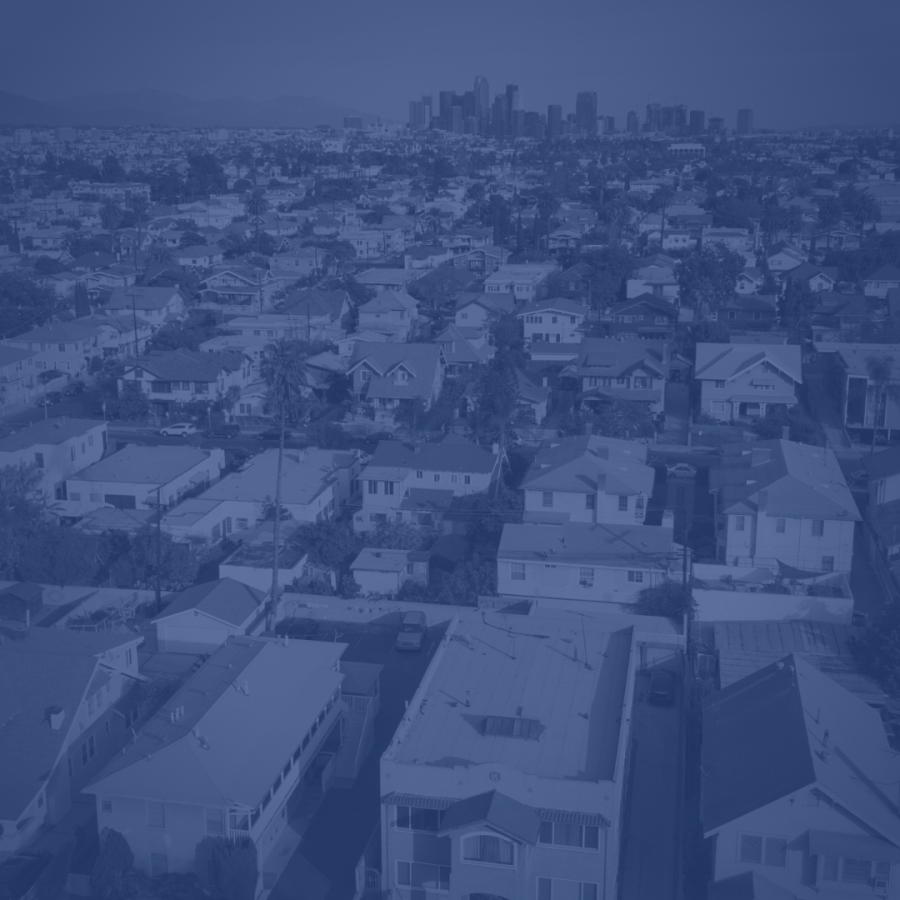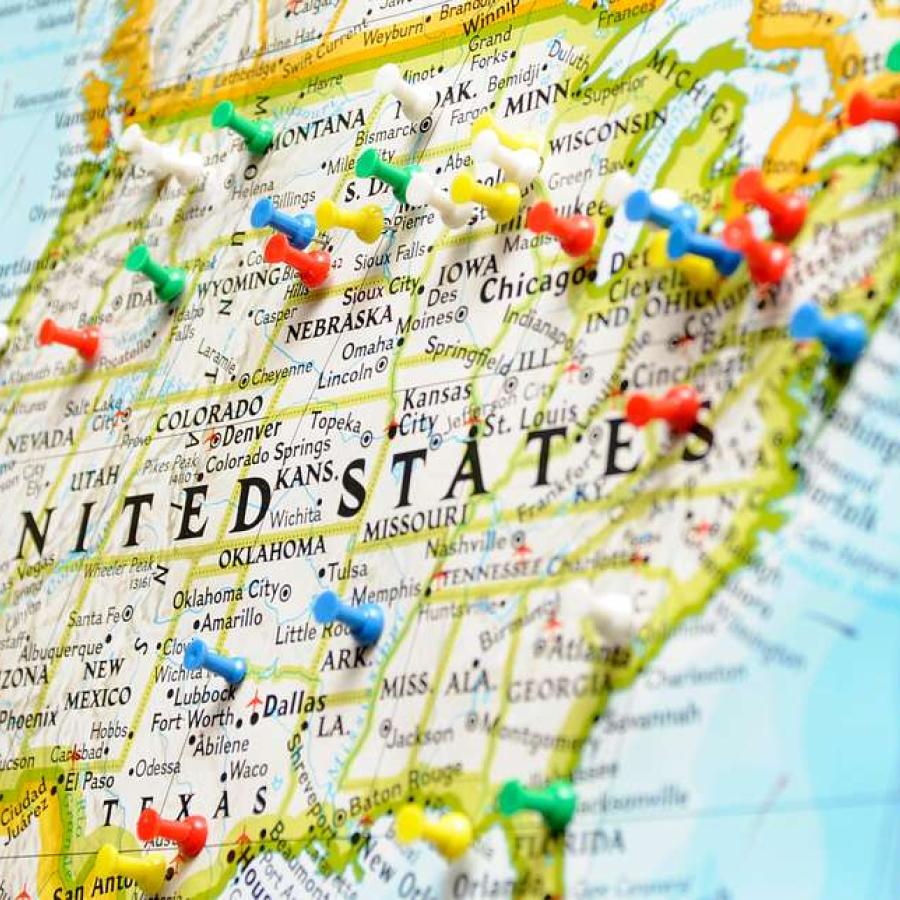Examining the Geography of Opportunity for Asian Americans and Pacific Islanders in Metro America
Asian Americans and Pacific Islanders (AAPIs) are among the fastest-growing communities across the United States. Between 2010 and 2019, the AAPI population grew by 18 percent, whereas the overall US population grew by only 5 percent. The diversity of the AAPI community makes it difficult to draw a singular view of affordability that does not obscure the historical differences and diverse lived experiences of AAPI communities, whether looking at a single metropolitan area or across the entire nation.
This report — the second release in our series exploring the changing geography of opportunity in American metropolitan regions by race and ethnicity — provides an in-depth examination of the differences between and within AAPI communities nationwide. It compares changes in market rent and median household income for AAPI residents in the 100 largest US metros between 2013 and 2019, the period of economic recovery between the Great Recession and the Covid-19 pandemic. Our analysis reveals that rental affordability for AAPIs over this period was uneven across different US regions and ethnic groups. It also underscores that AAPI communities’ relatively high median incomes can obscure the presence of many low-income AAPI renters who struggle with finding safe and secure housing.
To learn more about the growing gap in access to affordable housing and opportunity-rich neighborhoods for Black, Latinx, and low-income renters from 2013 to 2019, delve into the data and findings within the anchor report from this series.
